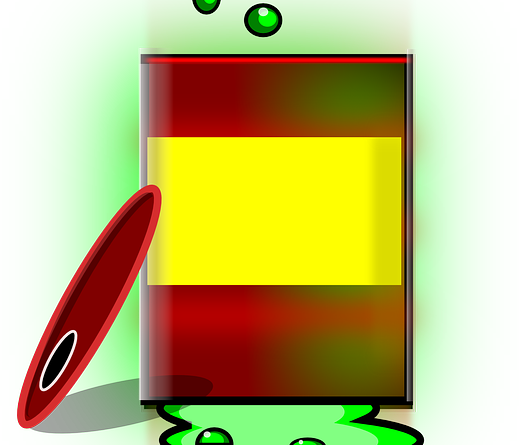BMH/Muncie community battle polio epidemic
RedBook 1950
Muncie was hit hard by the 1949 polio epidemic. There were 120 cases in Delaware County. Fear was rampant but so was courage — and the tale of how the Muncie community and Ball Memorial Hospital worked together to meet this crisis is best recounted in the following excerpts reprinted from the July 1950 REDBOOK: The Magazine for Young Women, in an article titled “The Town That Fought for Its Kids.”

Muncie’s battle was typical of many fought last year, when polio took its greatest toll in history. …
The battle against polio centered around the Ball Hospital, on Muncie’s outskirts, and Nellie Brown, the hospital’s tiny, terrific, white-haired nurse-superintendent was its field general. After the first attack in May, the enemy seemed to sulk through June, but in July the casualties began coming in steadily mounting numbers and Nellie knew she had an epidemic on her hands. … She called Jack Reichart, a self-starting, kindly 64-year-old inventor and manufacturer. … To her question whether he could make an iron lung, Reichart answered, “I can make anything anybody else can. I’ll be out Monday morning.”
The hospital had two respirators and no patients who needed them Sunday morning, July 24. Sunday night, the phone rang twice within 30 minutes in Nellie Brown’s home to inform her two patients had gone into the respirators and a third looked imminent. …
Monday, Reichart came out, looked at the plans and at the iron lung already operating. He’d never seen one before. As he left, Nellie said quietly, “You’d better hurry. We may need another before night. …”
Back at his factory, Jack Reichart called in seven skilled metal workers and showed them the plans for the lung. They analyzed the things they’d need, and Reichart got on the phone to demand them, in the name of the emergency, from Muncie stores and factories. The response was immediate, enthusiastic and everything was donated. The Coulter Boiler Co. cut out the ends of two steel alcohol drums Nellie Brown had foresightedly saved and welded them together for the body of the lung.
Kirby-Wood Lumber Co. made round plywood ends for the barrels; Sears Roebuck donated a vacuum cleaner (donated 12 before the battle was over), the J. L. Moore Co. made the iron stand to support the barrels, Muncie Tent and Awning made the canvas headrest, Holland Glass Co. made the manometer (a gauge to measure the vacuum inside the lung). …
Ten hours after they started, the lung was finished and trucked to the hospital. … Reichart went back to his factory to make another respirator — and a better one (he made four, all told). During the next few days he was deluged with offers to help. Workers from half a dozen plants in town dropped in on their way home to ask if they couldn’t put in hours of their leisure time — free. Engineers from the Borg Warner Gear plant came over, looked at Reichart’s plans, and went back to draw up plans for their own version (they completed six). When Jesse Vickers’ 6-year-old son went down with polio his fellow workers at General Motors’ Chevrolet plant swung into action to make the first of two lungs, one of which had a gasoline motor and was portable. …
While Muncie’s industry was fighting the mechanical battle against polio, Muncie’s nurses, doctors and Nellie Brown were fighting the medical one. Doctors worked around the clock, and around again. Everybody who had a sniffle called the family doctor at any hour of the day or night — and their voices were often hysterical with fear. …
When the town’s ministers volunteered to help, Nellie found work for them as “hostesses.” The hospital was deluged with visitors; Nellie had the ministers working in three shifts to meet and reassure parents and relatives, to tell them what the hospital rules were, and give them some of the facts about polio. …
Up in the long gallery of the medical building the people pressed against the glass that separated them from wives and husbands and children fighting for life in the polio wards. Little red-and-yellow birds were fastened to the glass, and the parents swung them back and forth, trying to make the children smile. After a while they’d run out of things to do and would simply stand, winking and nodding to the patients inside. One mother called, “Why don’t you cut out the pictures in your book?” then paused and added in a promise that was more than half prayer, “I’ll cut them out for you when you come home.”
Talking about the polio fight a few weeks ago, Nellie Brown said, “I didn’t do so very much. It was the town that fought.”
